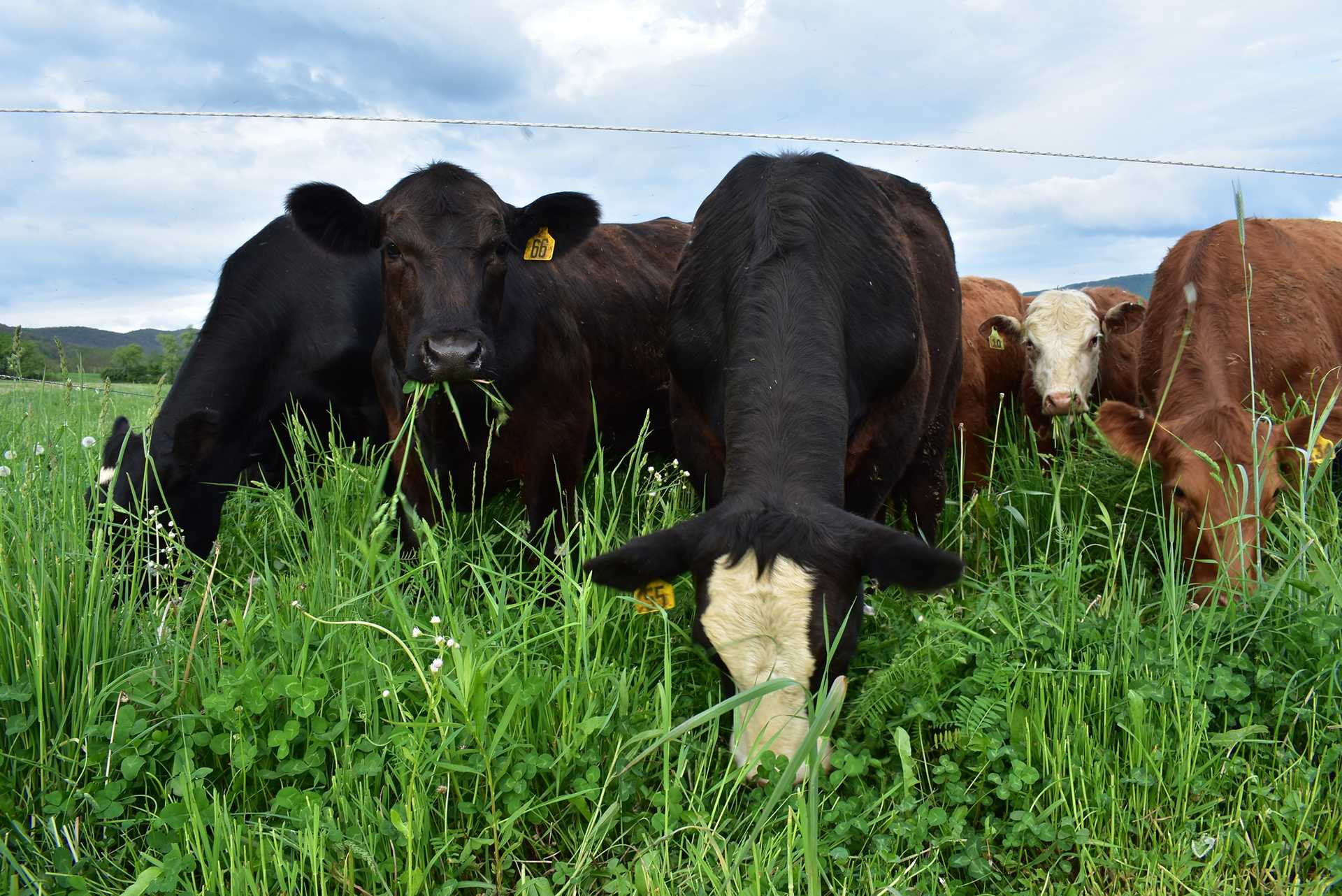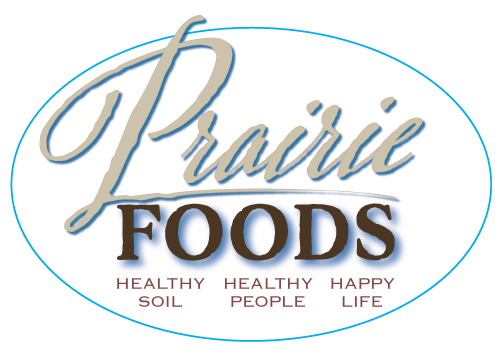Why We Graze for Balance (Not Just Growth)
posted on
July 11, 2025

We graze our cows in a way that lets them consume both fresh green grass and older brown grass at the same time. It’s not by accident—it’s because cows, like engines, need a precise balance to run well.
Michelle, a mentor of ours from Africa, once compared grazing to maintaining an engine. An engine needs the right mix of gas, oil, and air. Too much of one—or not enough of another—and it doesn’t run right. Cows are similar. Their “engine” runs on protein, energy, and fiber. If any of those are out of balance, things fall apart.
Most conventional farms fix these imbalances by supplementing forage with corn (energy), soy (protein), and sometimes straw (fiber). But as graziers, we aim to achieve this balance through forage alone. No grain. No shortcuts.
The hardest part? Energy.
Spring grass is lush and green—high in protein, but often lacking energy and fiber. Think of it like running an engine with all oil, no gas, and no air. Cows grazing only early spring grass may look like they’re getting plenty, but it’s an imbalanced diet that can hurt performance and digestion.
That’s why we intentionally graze cows on a mix of new growth and leftover brown grass or dry hay. These older, more fibrous forages slow the rumen down and help convert those lush greens into usable nutrition.
We also try to graze just the top three inches of grass, where the energy is highest. Protein levels tend to be consistent throughout the blade, but energy drops the closer you get to the base. The more deeply cows graze, the more unbalanced their intake becomes.
Timing Matters
Cool-season grasses grow quickly in the spring—going from a tiny blade to a mature, seed-headed plant in just three weeks. The sweet spot for grazing is right before that seed head appears. For about one week, the grass naturally offers the ideal balance of protein, energy, and fiber. Cows thrive. Milk production increases. Weight gain accelerates.
But that moment doesn’t last. Once grasses go to seed, they become fiber-dense and lose nutritional punch. That’s why spring grazing requires careful timing—and sometimes a little compromise.
If we wait too long, the grass gets too mature. If we graze too early, the protein outweighs everything else. On our farm, we usually start spring grazing with a bit of hay to rebalance the fiber-to-protein ratio, then gradually transition as the pastures hit their prime.
Still, we can't graze the entire farm in one perfect week. So some pastures get grazed a little early, others a little late. That’s okay. It's all decent feed—and we’re doing the best we can with what nature offers.
Beyond the 30-Day Rule
Traditional grazing advice often recommends re-grazing cool-season grasses around 30 days after the last rotation. That’s when grass typically hits peak energy and protein levels.
But we’ve found that waiting 40–50 days offers something better: balance.
Yes, the energy and protein levels may be slightly lower than at 30 days—but they’re more in sync with each other, and fiber content is higher. The result is a more complete feed that supports long-term animal health and stronger rumen function.
Sometimes, less is more.
Cattle might grow a little slower or give a bit less milk, but we’ve noticed major improvements in overall wellness—better foot health, fewer issues with pinkeye or breeding, and richer flavor in the meat. Our dairy cows may give slightly less volume, but their milk is higher in cream and has better flavor and shelf-life.
It’s Not Just About the Cow
This grazing method doesn’t just benefit the animal—it benefits the soil. And that’s the best part of the story.
When we balance our cows’ diets with the right kinds of forages, we’re also feeding our soil microbes the right kinds of carbon. This balance underground is every bit as important as the one above ground.
We’ll unpack that in the next newsletter—how grazing timing, residue, and carbon all play a role in building soil fertility the regenerative way.
A Note to Fellow Graziers
This is what’s working well on our farm. It’s not the only way, and it may not be the best way for everyone. Every farm has its own rhythms, resources, and goals. If you’ve found a system that works well for your herd and your land, we’d love to hear from you.
Let’s keep learning together.




